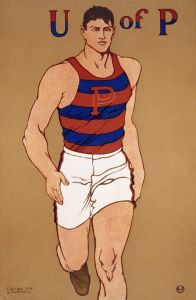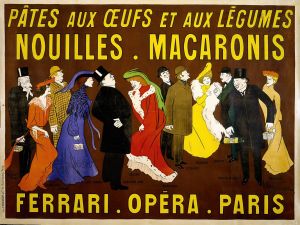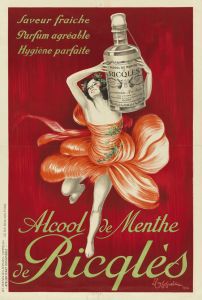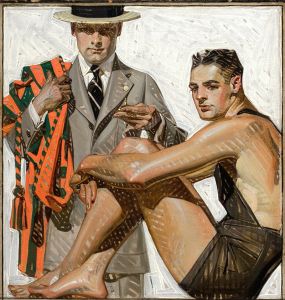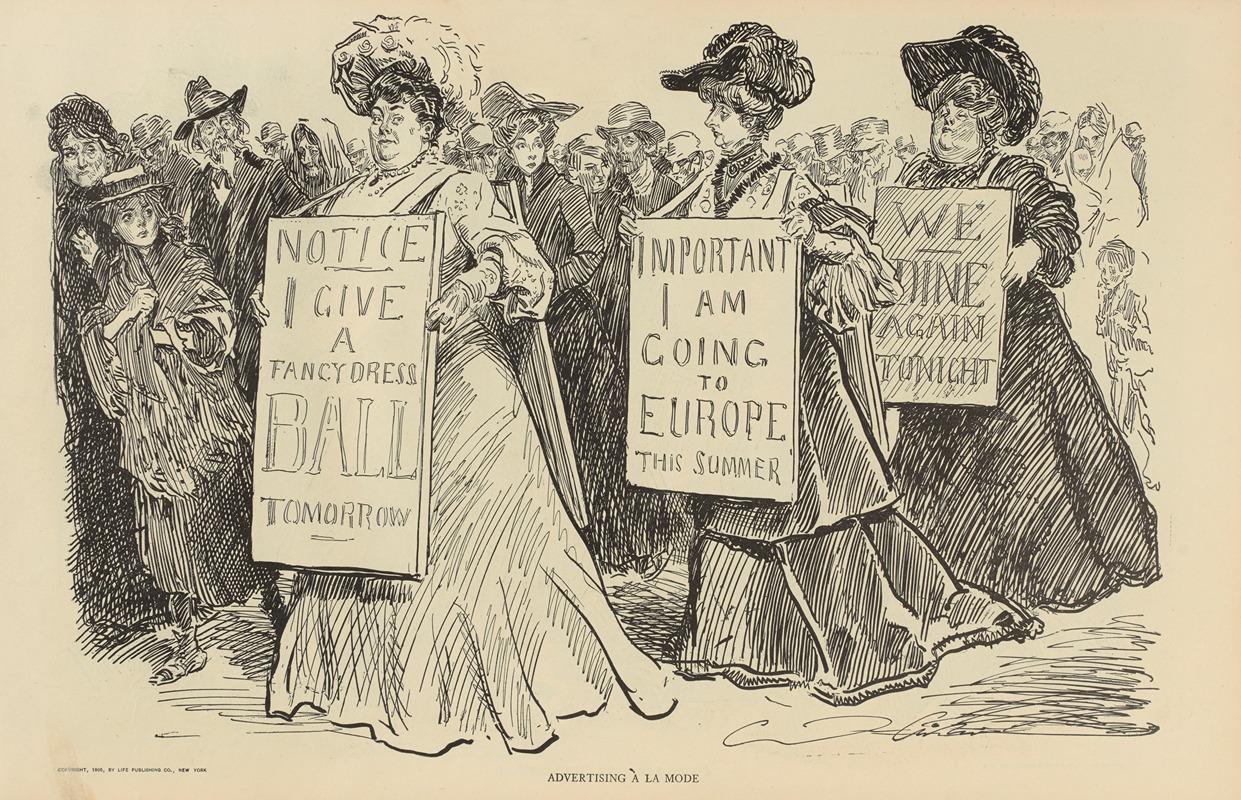
Advertising a la mode
A hand-painted replica of Charles Dana Gibson’s masterpiece Advertising a la mode, meticulously crafted by professional artists to capture the true essence of the original. Each piece is created with museum-quality canvas and rare mineral pigments, carefully painted by experienced artists with delicate brushstrokes and rich, layered colors to perfectly recreate the texture of the original artwork. Unlike machine-printed reproductions, this hand-painted version brings the painting to life, infused with the artist’s emotions and skill in every stroke. Whether for personal collection or home decoration, it instantly elevates the artistic atmosphere of any space.
"Advertising a la mode" is an illustration by the renowned American artist Charles Dana Gibson, best known for his creation of the iconic "Gibson Girl." This particular work, like many of Gibson's illustrations, captures the essence of American society during the late 19th and early 20th centuries with a keen eye for detail and a subtle sense of humor.
Charles Dana Gibson was born on September 14, 1867, in Roxbury, Massachusetts. He studied at the Art Students League in New York City and quickly gained recognition for his pen-and-ink illustrations. His work was regularly featured in popular magazines of the time, such as Life, Harper's Weekly, and Scribner's, making him one of the most influential illustrators of his era.
"Advertising a la mode" reflects Gibson's ability to comment on contemporary social trends and norms. The illustration depicts a fashionable young woman, likely a representation of the "Gibson Girl," who was the epitome of feminine beauty and independence in the early 20th century. The term "a la mode" suggests that the illustration is a commentary on the latest trends in advertising and fashion.
The "Gibson Girl" was characterized by her tall, slender figure, elegant clothing, and confident demeanor. She was often portrayed as being self-assured and independent, qualities that were becoming increasingly valued in women during this period. Gibson's illustrations of the "Gibson Girl" played a significant role in shaping the public's perception of the modern American woman.
In "Advertising a la mode," Gibson likely uses his signature character to satirize the burgeoning advertising industry, which was becoming more sophisticated and pervasive at the time. The illustration may highlight the ways in which advertising was beginning to influence public tastes and consumer behavior, particularly in the realm of fashion.
Gibson's work, including "Advertising a la mode," is notable for its precise and expressive line work. He had a talent for capturing the subtleties of facial expressions and body language, which added depth and nuance to his social commentary. His illustrations often contained a blend of humor and critique, making them both entertaining and thought-provoking.
Throughout his career, Charles Dana Gibson's illustrations were widely admired and influential. The "Gibson Girl" became a cultural icon, representing a new ideal of American womanhood that was both modern and aspirational. Gibson's work helped to shape the visual culture of his time and continues to be celebrated for its artistic merit and historical significance.
"Advertising a la mode" is a testament to Gibson's skill as an illustrator and his keen insight into the social dynamics of his era. It remains an important piece of his body of work, offering a glimpse into the early 20th-century American society and the evolving role of women within it.






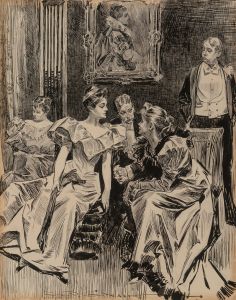
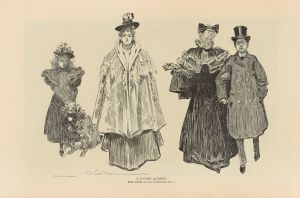
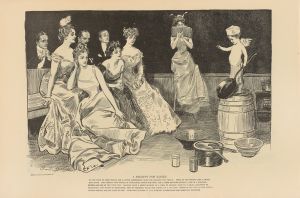
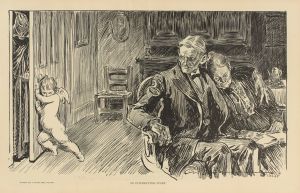
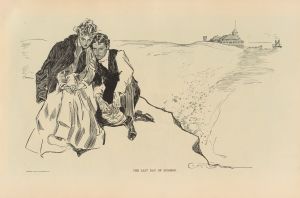
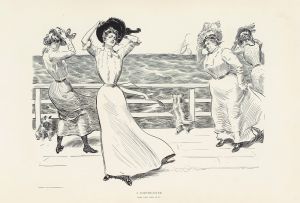
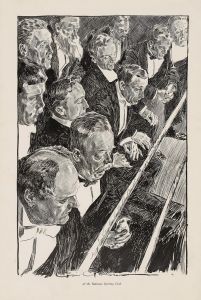
![Graphic design for cover of Survey Graphic Magazine; ‘The British and Ourselves’.] [Drawing with British Parliament and US Capitol Building](/imgs/249351/s/winold-reiss-graphic-design-for-cover-of-survey-graphic-magazine-the-british-and-ourselves-drawing-with-british-parliament-and-us-capitol-building-a38e50da.jpg)
